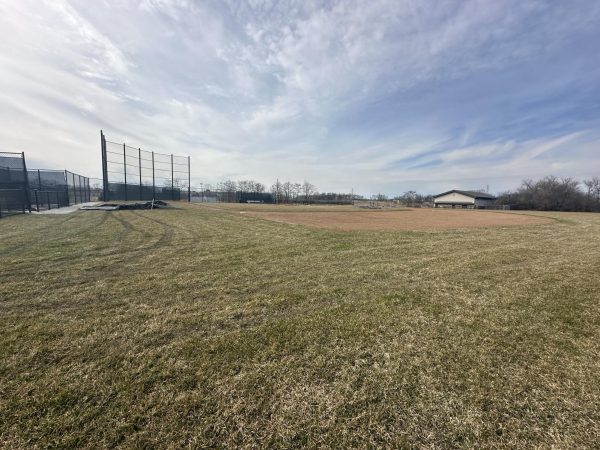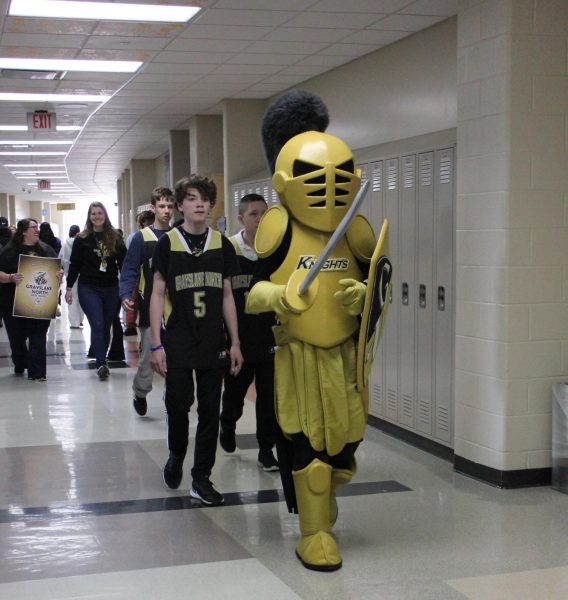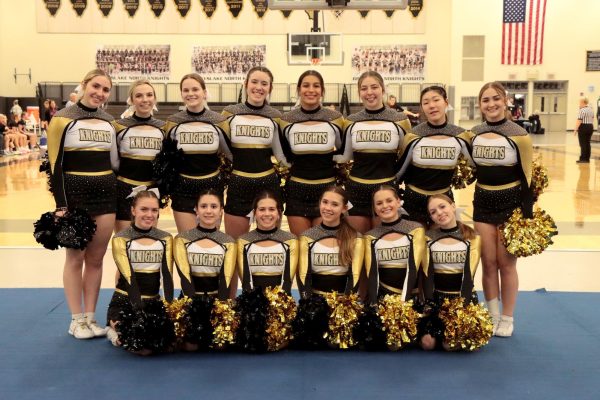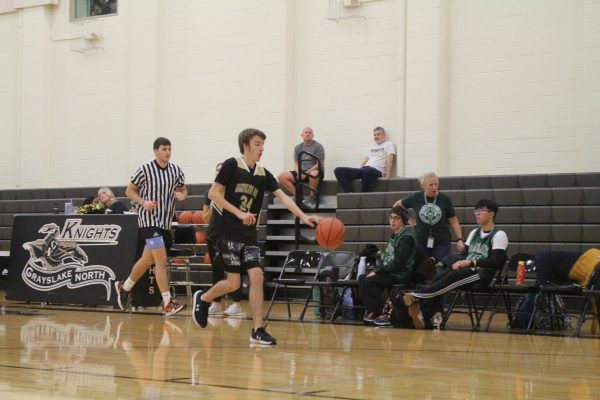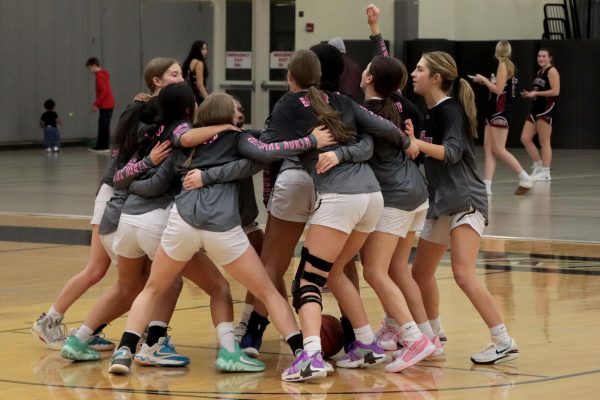Student athletic trainers benefit in many aspects
Every year, new student athletic trainers get trained to help on and off the field to make sure that the athletes stay safe, and when they get injured, they help to get them back on the field as soon as possible.
“The athletic training students are allowed to do athletic training as many seasons as they want to as long as they don’t break any rules or get in serious trouble,” said sophomore Alexandra Sears.
The students learn many different techniques when it comes to stretching and taping an injury.
“[During training] we learn how to stretch people out and different tape jobs,” said sophomore Daniel Amadio.
As a student trainer, there many different responsibilities that one needs to uphold. “[As trainers we] fill water, tape athletes, stretch athletes, and watch games,” Amadio said.
Being an athletic trainer can benefit students in their future careers if they are looking to partake in a medical career such as becoming a doctor, nurse, or surgeon.
“The program is a good way to learn some of the basic skills and concepts in sports medicine. This is especially true if someone is interested in a healthcare career. Our SATA students are an integral part GNHS athletics. In addition, our students earn an athletic participation credit and are eligible to earn 3-season and 12-season awards, and it is fun,” said athletic trainer Alex Hatzikostantis.
Many of the students that are in the athletic training program recommend others to join in on the program as well, especially if one is looking into a medical profession in the future.
“I would recommend being an athletic trainer to anyone who would like some sort of medical job,” Sears said.
Grades are an important factor if one were to apply to be an athletic trainer because just like the other athletes, they have to keep their grades. “[Requirements are the] same as normal athletes; keep your grades up and fill out an application,” Amadio said.

